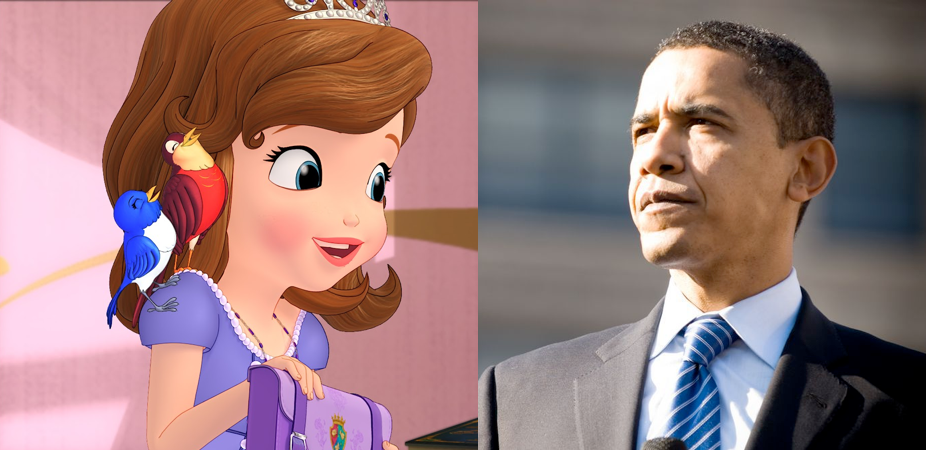One of my 6-year-old’s favorite shows, Disney’s “Sofia the First,” recently aired an episode that caught my attention.
Videos by Rare
Wide-eyed Sofia became daughter to King Roland II when the king married Sofia’s mother and swept the two into royal life. That means that Sofia, recently a commoner, must learn the ways of the princess. Shows are full of sparkly dresses and beautiful tiaras. However, the focus of the show tends to be on the “inner beauty” of princesses — kindness, generosity, and grace. (This character focus echoes this Disney advertisement.)
King Roland in one episode had grown weary of ruling the kingdom of Enchancia (which is puzzling, since the only “work” I’ve seen him doing is planning the kingdom’s elaborate balls). After wishing for a simpler life as a baker, he and his entire family end up as “one of the common folk.” But he soon realizes a simple life has its own set of problems … especially when the royal subjects are so lost without their king.
“Wait, guys,” I said to the television screen when they showed the confused subjects, wondering what they were going to do without royal leadership. “Rise up! Govern yourself — you don’t need a king. He’s wasting all the money on dances anyway.”
My 15-year old daughter smiled but my 6-year-old looked confused. I let it drop.
But it did make me wonder … why do Disney’s female characters always have to be princesses? (Even the ones that aren’t actually royalty become known as princesses when the merchandise comes out.) As Alanna Bennett points out, “American Girl has been working with diverse young female characters in various positions of privilege for decades, so we know it can be done.”
Of course, it’s about more than just economic diversity.
Usually, the princesses end up in duress and need a prince to save them. Recent Disney princesses have been strong — the princess in “Brave” was good with a bow and arrow, while the one in “Tangled” was good with a frying pan. The most recent princess in the new movie “Frozen” is my favorite princess of all, as she learns about true love in a very un-Disney-like fashion. Even in real life, Kate Middleton is proving a princess can be a true partner in a marriage. (Though Martha Kempner points out, “I don’t think becoming a princess is a realistic or worthy goal [for our daughters]. For one thing [Middleton] may have taken the only open spot.”)
While I love the brave, independent cartoon princesses, why do they have to be princesses at all?
Is there any political consequence to raising our kids on a steady diet of entertainment that depicts the kindly king whose main job is to make sure his royal subjects have a dandy time on their “big night of the year?”
Are we subtly conditioning our kids toward dependence on benevolent leaders rather than teaching them self-reliance and independence?
In 2008, as the adoring crowds chanted for hope and change, I saw that familiar Disney-esque longing — for the good prince to rule them all — in more than one female millennial eye. (The AP’s Megan Scott reported in 2009 on how “Barack” became short hand for “ideal black man.” In fact, women reported that “the new code word for Prince Charming has become so commonplace that many have been asked ‘Have you found your Barack?’ or told others ‘I’m looking for my Barack.’”)
Real life is never like fairy tales, of course, and this Prince Charming has disappointed conservatives and liberals alike.
Though he began with such promise, he has now consigned his adoring “princesses” to their parents’ basements, their parents’ healthcare plans and jobless futures.
Happily ever after indeed.



